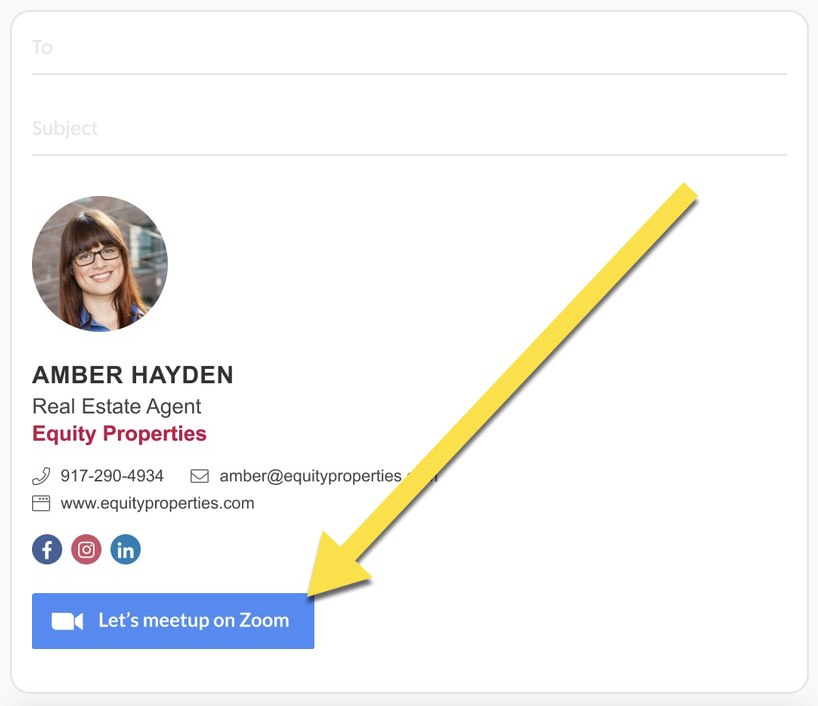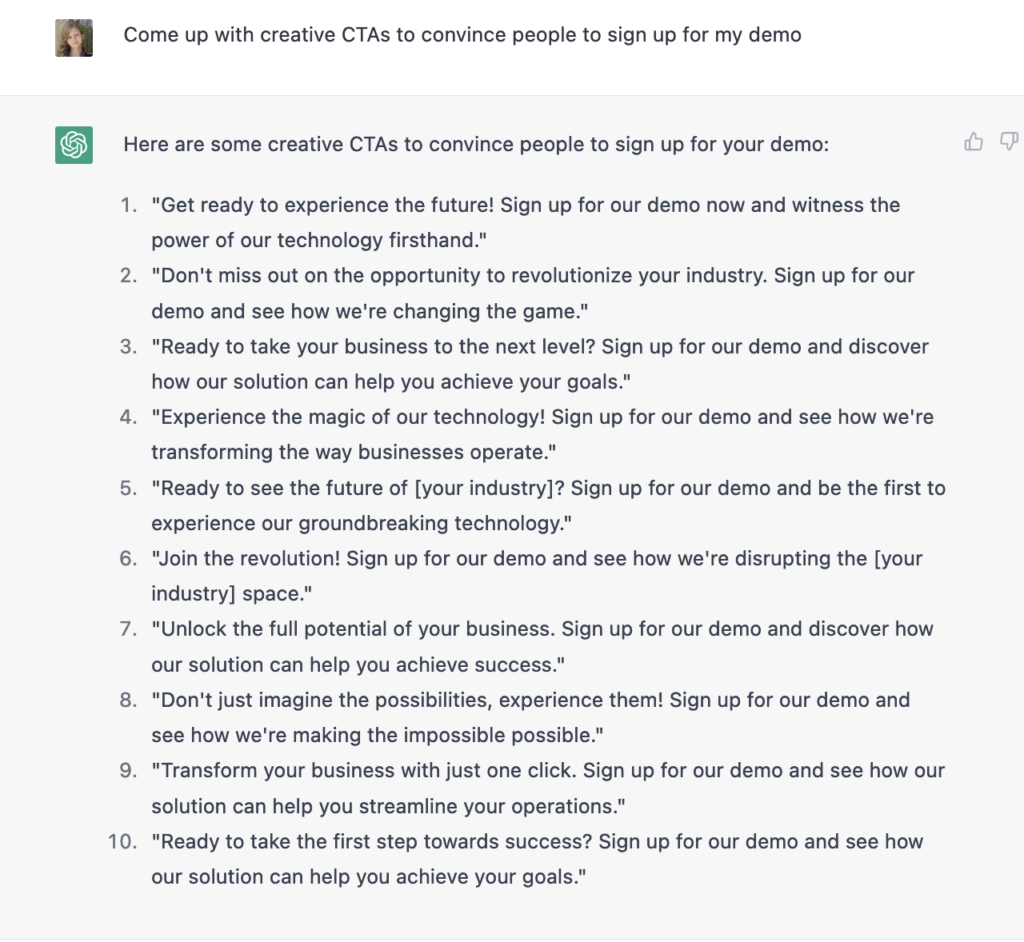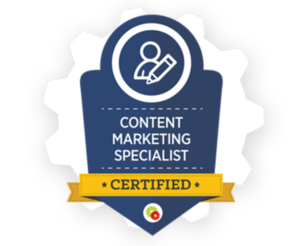MARKETING
Three Ways to Turn Prospects into Instant Clients or Leads

We’ve said it before and we’ll say it again: Conversions are your bottom line. You can have the best SEO, the best relationships, and more social shares than you’d ever thought possible, but it all won’t mean much if no one is converting.
For many companies, conversions mean making a purchase, but the term can go far beyond just monetary value. The term “converting” to you may mean completing a form, becoming a lead, calling your team, and more.
Whatever your end conversion goal may be, it’s crucial you get there if you want to continue to grow and evolve.
1. Work on Those CTAs
A call-to-action is what drives people down your sales funnel. Make sure you take them seriously.
There are hundreds of different ways that a company can create a call to action. Consider some of these tips as you create your own call to action on your website:

- Size: You want your call to action button to be easy to see, but not overwhelming. Websites with large call-to-action messages and links can seem like spam to many site visitors, but small calls to action can get lost (and potentially confuse a reader looking to follow through).
- Frequency: It’s important to have your call-to-action buttons and messages dispersed throughout the page. Many first-timers only include one call to action section, but it’s best to give site visitors ample opportunity to follow through on your website. Do not be overbearing, but have at least three different ways someone can make a purchase or become active in your company.
- Location: Make sure you put at least one call to action above the fold. This will ensure that people see the next steps they can take (especially if they don’t read the content).
- Images: Images always make content more exciting. This is where a reader’s eyes are typically drawn, so you absolutely want to incorporate an image into your call to action. The image can be small and next to the text or be part of the text, just make sure it isn’t too overbearing and visitors can still read the page content.
- Color: The most important thing to remember about color is that the text can still be read. Make sure the background is in direct contrast with the text of the call to action button. Also, make sure that this button is a different color than the rest of your website (while still matching). This will help draw attention to your call to action.
- Linking: You ideally want people to click on your call to action button, but there will always be people who click on an image or your logo. Make sure that these aspects of your website also send site visitors to your call to action page.
- Voice: Try to avoid passive voice. Tell your site visitors what you want them to do in a clear and straightforward manner. If you have a deal that won’t be around forever, let your site visitors know. Give as much information as possible in as few words as possible and you’re sure to get more clicks.
- Mobile Considerations: You should always consider that your website or email marketing message might be viewed through a mobile phone. Make sure that your call to action button is large enough for those clicking with their fingers, and make sure that your images can be loaded quickly and clearly on a mobile phone. There are quite a few CTA plugins to make this step easier for you.
- Secondary Call to Action Buttons: Many site visitors are not ready to buy right away, so it’s a good idea to have another option for these people. If there is a change that someone would need more information, have a “more information” type button and put your primary call to action button on that page.
- Use your CTAs across all your channels. Consistency is key when it comes to conversions. People see the same colors and wording in two or three places, and they feel much more confident taking an action. Use your CTAs as end screens on Youtube, on your social media, and, of course, in your reps’ email signatures when they reach out to your prospects. Have your salesperson create an email signature including your main CTA and branding, and you will notice your company’s emails convert much better.

You can also use AI-powered tools to come up with some ideas for creative CTAs if you feel stuck:

2. Shorten Your Sales Funnels
Do you know why you lose most of your site visitors or prospects?
Your conversion funnel is too long.
Email back-and-forth, waiting time spent waiting for a reply, manual invoicing, conflicting schedules – all of that can get lots of people to give up on your brand.
The solution: Shorten your sales funnel.
Automate what you can automate and let your site visitors convert instantly.
Here are a few ways to do that:
- Scale your phone support using technology like Interactive Voice Response (IVR) which would interact with your prospects, collect information about customer inquiries, and even help them make a purchase right away
- Use instant appointment scheduling option: Let your site visitors set up a meeting with you right away by clicking a link and choosing a day and time that works for them. There is online booking technology you can use for it, and it will even manage payments and reminders for you to immediately convert your site visitors into clients.
- Automate your invoicing process allowing your site visitors to pay instantly without waiting for your team to get back to them with an invoice. Depending on the nature of your business, tools like Quickbooks or PayKickstart can help you do that.

Something that can be considered an umbrella for many of the things we have already discussed is that your checkout process should be optimized. This extends beyond length and speed – it should appear secure, be intuitive, easy to use, and require as little information on their end as possible while also giving you the data you need for future marketing.
Optimize checkout in every way possible! Make it easy for people to make a purchase with you.
2. Use Youtube Remarketing
While there are several powerful remarketing channels available to businesses these days, Youtube is often overlooked. And that is unfortunate. YouTube is the world’s second-largest search engine with billions of active users each month. Perfecting your marketing strategy for such a large platform can have enormous benefits for companies, and what many are realizing is that the remarketing aspect of YouTube has huge potential.
Youtube presence is a great way to generate more quality leads to help you drive your business growth forward.

The reason YouTube is so great for remarketing is not only the fact that they have a large audience, but the platform (or search engine) itself allows you to create remarketing lists of target audiences based on the type of content a viewer generally watches – even if that content isn’t yours. This offers you several different benefits, many of which are either weaker or simply don’t exist when thinking about remarketing on Google:
- Better ROI. Remarketing almost always has better results than simply putting out an advertisement to hook new consumers. You can also optimize for cost-per-view as opposed to using impressions or the number of times your video displays in order to yield a higher ROI.
- Longer ads. Unlike social media where you only have a few sentences to get someone’s attention or an ad where you have a character limit, Youtube gives you 30 seconds to make your case in a video as opposed to a static ad and image.
- Better engagement. The average Internet user spends more time on a website with video. With more and more people interested in watching videos over reading articles, there is a good chance you’ll reach an entirely new and relevant group of people (in addition to the large number of visitors discussed earlier).
- Location targeting. YouTube is very helpful when it comes to location targeting, much like other remarketing campaigns you may run on other platforms.
- Brand Awareness. In other words, traditional remarketing benefits. This includes staying on a viewer’s radar and capturing their attention frequently. It helps build brand awareness and gives targeted users more repeated options to engage with your brand, YouTube or otherwise.

Want to get certified in Content Marketing?
Leverage the tools and channels to predictably and profitably drive awareness, leads, sales, and referrals—EVERYTHING you need to know to become a true master of digital marketing. Click Here
So what does this have to do with leads? For starters, all of the points mentioned above will help bring people back to your page and hopefully help people engage with your page. Because of the nature of YouTube and the enhanced features of AdWords remarketing, you can remarket to anyone who shares your video.
Don’t Forget Your Existing Customers!
Obtaining new customers tends to remain a top priority for many e-commerce companies. While this is important, it is really critical that you don’t forget about your current and returning customers. These consumers are much more likely to make another purchase from your site than a new consumer is likely to make a first transaction.
Offer incentives to returning customers at the time of check-out or send emails with rewards after purchase. Always remember the importance of returning customers.



















